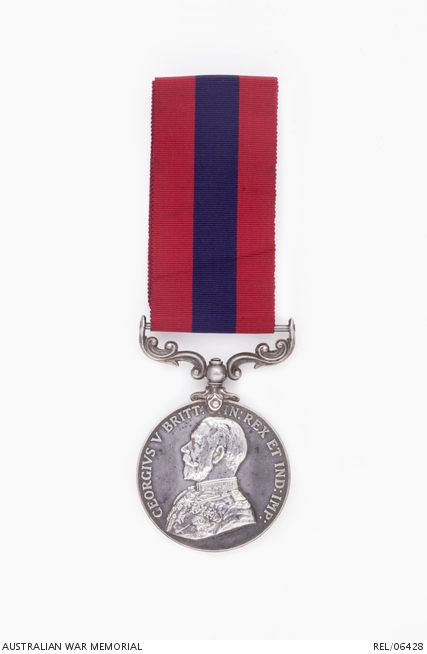Albert Knight
Albert Knight was born in 1894 on Toorale Station near Louth, New South Wales, the son of John and Elizabeth Knight. Albert was from the Gunu Barkandji mob, the northern part of the Barkandji people. He worked on the outback stations around Bourke before enlisting in the Australian Imperial Force in November 1915 at Dubbo, New South Wales. The second of three Knight brothers to enlist, he was posted to the 13th Battalion.
Albert joined the 13th Battalion near Ypres, Belgium, in October 1916, the beginning of one of the harshest winters in living memory. Trench life was miserable, and troops endured wet and freezing conditions. Albert became ill with influenza, and was admitted to hospital in France until he was well enough to return to the front.
As the winter weather abated, the scene was set for a continuation of horrendous fighting across the battlefields of northern France. The Germans had withdrawn to their strong defensive positions on the Hindenburg Line. British and Dominion forces, including Albert’s 13th Battalion, made a hastily planned attack near the village of Bullecourt that resulted in disaster. Tanks which were supposed to support the attacking Australian infantry broke down or were quickly destroyed. Infantry managed to break into parts of the German defences but supporting artillery fire was withheld because of uncertainty as to how far the allies had advanced. The Australians were eventually hemmed in and forced to retreat, suffering over 3,300 casualties.
Among those wounded at Bullecourt was Private Albert Knight, who had suffered a shrapnel wound to his face. He was hospitalised, but his wound was not considered serious, and within a few weeks he was again well enough to return to his unit. In September that year Albert was transferred to the 43rd Battalion, joining his brother Bill. Promoted to lance corporal after the fighting at Passchendaele, Albert became known for his bombing and scouting skills.
While serving on the Somme battlefield in May 1918 Albert placed his foot on an unexploded Mills bomb. The explosion seriously wounded Albert’s foot, and he spent the next two months in hospital.
Albert returned to his unit in July, as it appeared more likely than ever that the Germans would be defeated. In August Albert was promoted to temporary corporal.
On 30 September Albert was leading an attack on entrenched enemy positions in the French village of Bony. Australian bombing parties were pinned down by heavy enemy machine-gun and trench mortar fire, unable to advance towards their objectives. Albert moved with his Lewis Gun section then pushed forward with another non-commissioned officer to pinpoint the enemy position. They moved across open country in broad daylight and within full view of the enemy lines for around 275 metres with only shell-holes for protection. Despite the danger, Albert was able to get to a spot where he could locate and plot the positions of the enemy weapons firing on the Australians. After returning to the lines, this information was used to allow artillery fire to successfully take out the enemy positions.
For great gallantry and devotion to duty, Albert Knight was awarded the Distinguished Conduct Medal, and was soon promoted to corporal.
The fighting ceased on 11 November 1918, and Corporal Albert Knight DCM, along with thousands of other Australian servicemen and servicewomen whose lives had been embroiled in this conflict, made the long journey home. After returning to Australia aboard the transport ship Nestor in July 1919, Albert worked in the bush around Bourke. He died on 15 October 1973, and was buried in the local cemetery.
References

